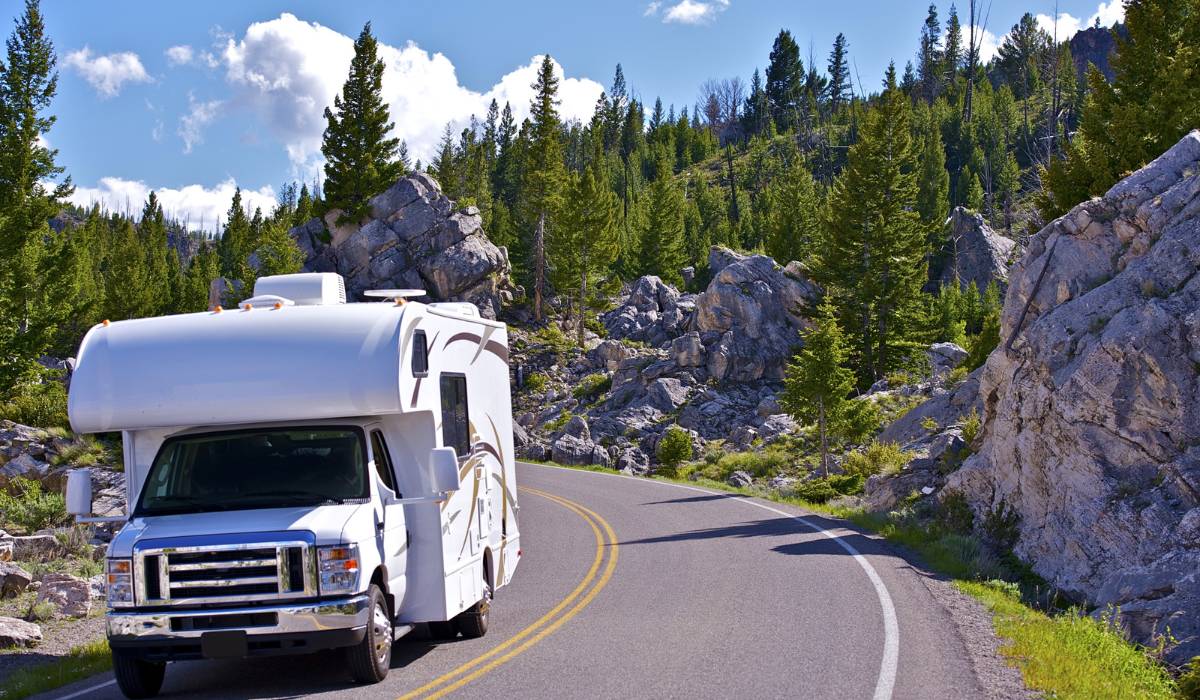
Looking to go RV camping in a national park?
We’ve put together the ultimate guide to help you find everything you’ll need to plan an unforgettable trip to one of the best national parks in the U.S. for RV camping.
Unlike many top 10 national park articles found online, our RV experts have considered additional criteria specific for RVers looking to camp within each park. And since our team has actually visited the parks, we can share first-hand tips and tricks with you.
Let’s get started!
Our ranking criteria
In 2022, the National Park Service reported that close to 312 million people visited a park, and over 13,250,000 visitors stayed overnight in a national park campground.
We based our top 10 national parks for RV camping on a number of factors, including reviews, feedback from the RV community, visitation, access to RV campgrounds, RV accessibility, and RV friendliness.
This is why parks like Zion National Park were excluded from our list. While Zion has high visitation rates and is extremely popular, the park isn't very friendly for oversized vehicles and RVs, making camping in Zion in an RV more challenging.
Table of contents
Great Smoky Mountains National Park
Yellowstone National Park
Grand Canyon National Park
Rocky Mountain National Park
Grand Teton National Park
Yosemite National Park
Indiana Dunes National Park
Glacier National Park
Joshua Tree National Park
Olympic National Park
Great Smoky Mountains National Park
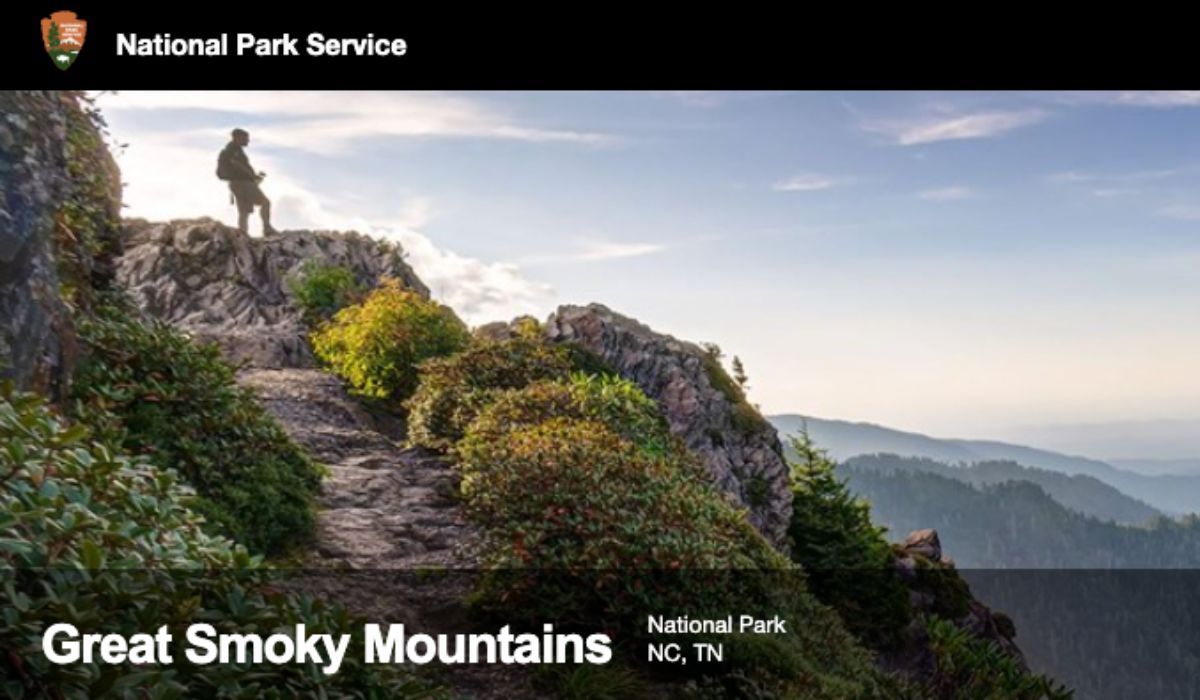
Location
Tennessee and North Carolina
Peak season
April through November
Location to big cities
Charlotte, North Carolina: 161 miles
Knoxville, Tennessee: 37 miles
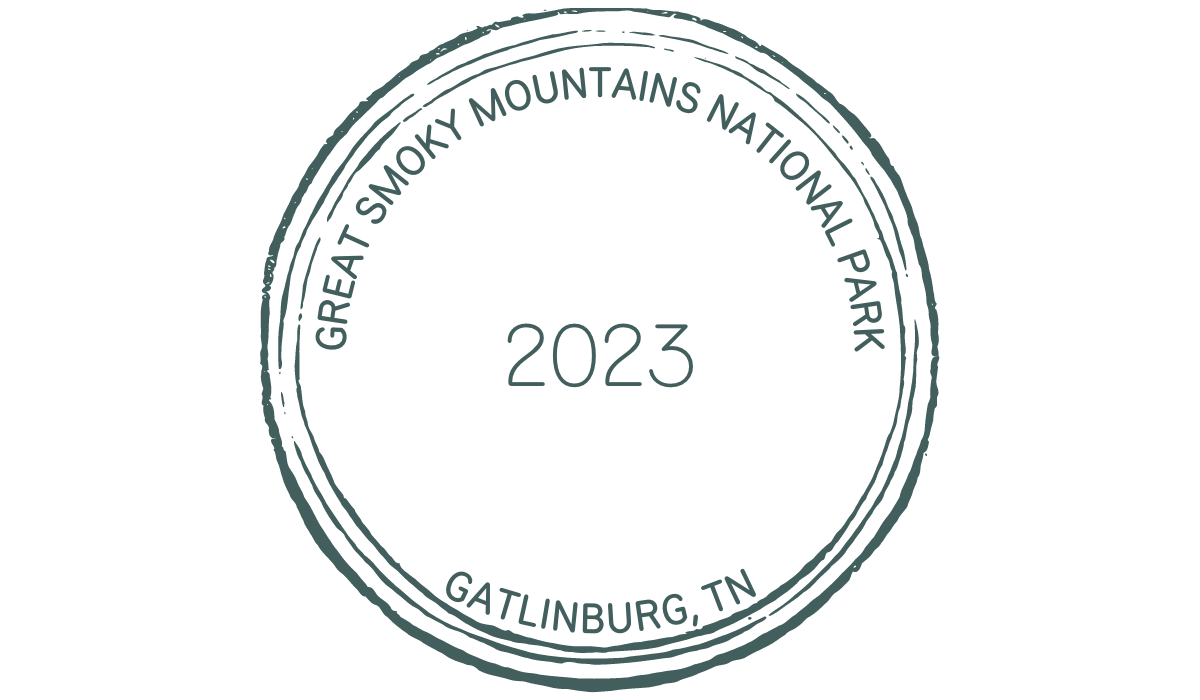
Driving difficulty
Great Smoky Mountains National Park is located in a mountainous region, and the narrow and winding roads can be challenging to drive during inclement weather, especially for oversized vehicles. Before coming to the campground, know which secondary roads inside the park prohibit motorhomes and trailers, and plan your route accordingly.
Technology tool
Download Gypsy Guide and listen to a guided audio tour with directions and the fascinating history of the Great Smoky Mountains National Park.
Road-trip tip
The park tends to experience large crowds between September and November when people flock to the mountains to see the colorful fall foliage. Arrive early to avoid long lines and crowded parking lots, especially in the heavier trafficked areas of the park like Cades Cove and the visitor center.
Insider information
Check out Clingmans Dome, the highest point in Tennessee. The hike to the top is short (but steep) and paved, but the views are well worth the climb. Got a mountain bike? Head to Cherokee, North Carolina, and ride one of the 10.5 miles of multi-use trails at Fire Mountain Trails.
Why you'll want to camp in the Great Smoky Mountains
Since the Great Smoky Mountains National Park is so large, it's hard to see everything in a day. That's why camping in the park is a must because it gives you first access to the park's popular hikes and scenic drives and the best chance for spotting wildlife. The campgrounds are shady, and the trees will help you feel almost like you're camping alone.
National park camping tip
There's a good chance you won't have cell service when you camp in a national park. Plan to go off the grid for a few days by picking up a park map at the visitor center or downloading the park's information to your NPS app before you get to the park.
RV Campgrounds
Most of the campgrounds in Great Smoky Mountains National Park require campers to make reservations, which you can do on Recreation.gov as early as six months in advance.
Balsam Mountain Campground
Cades Cove Campground
Cataloochee Campground
Cosby Campground
Deep Creek Campground
Elkmont Campground
Look Rock Campground
Smokemont Campground
RV rentals near Great Smoky Mountains National Park
Yellowstone National Park
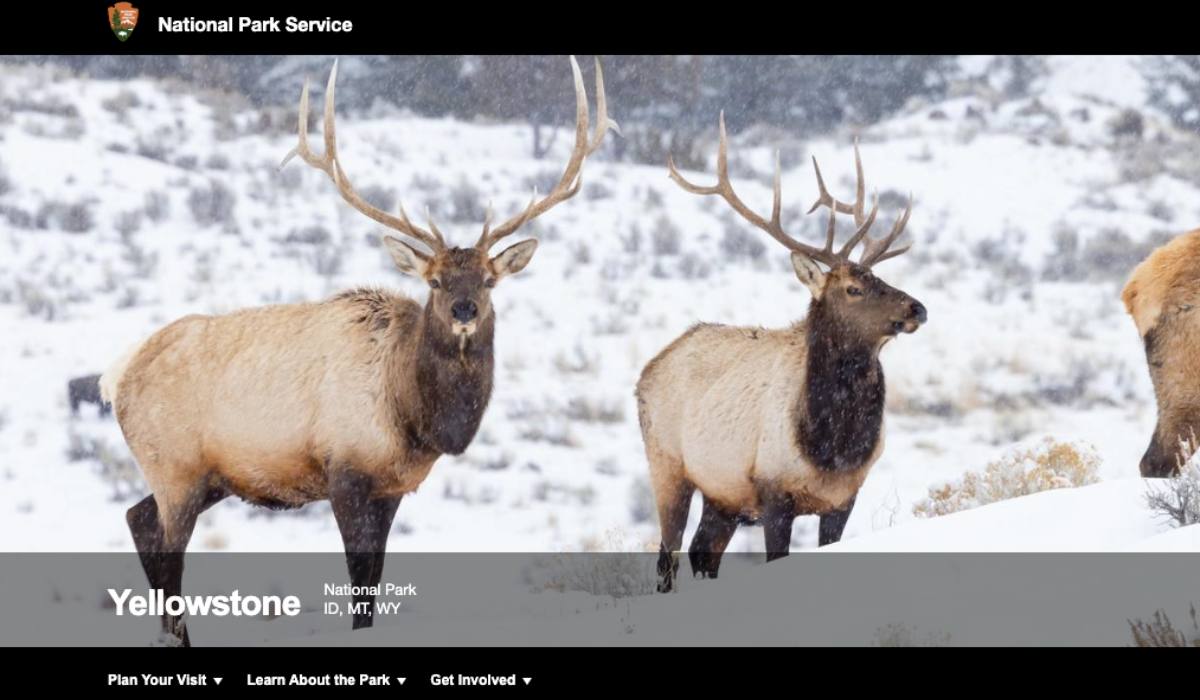
Location
Montana, Wyoming, and Idaho
Peak season
June through September
Location to big cities
Billings, Montana: 172 miles
Jackson, Wyoming: 78 miles
Idaho Falls, Idaho: 109 miles
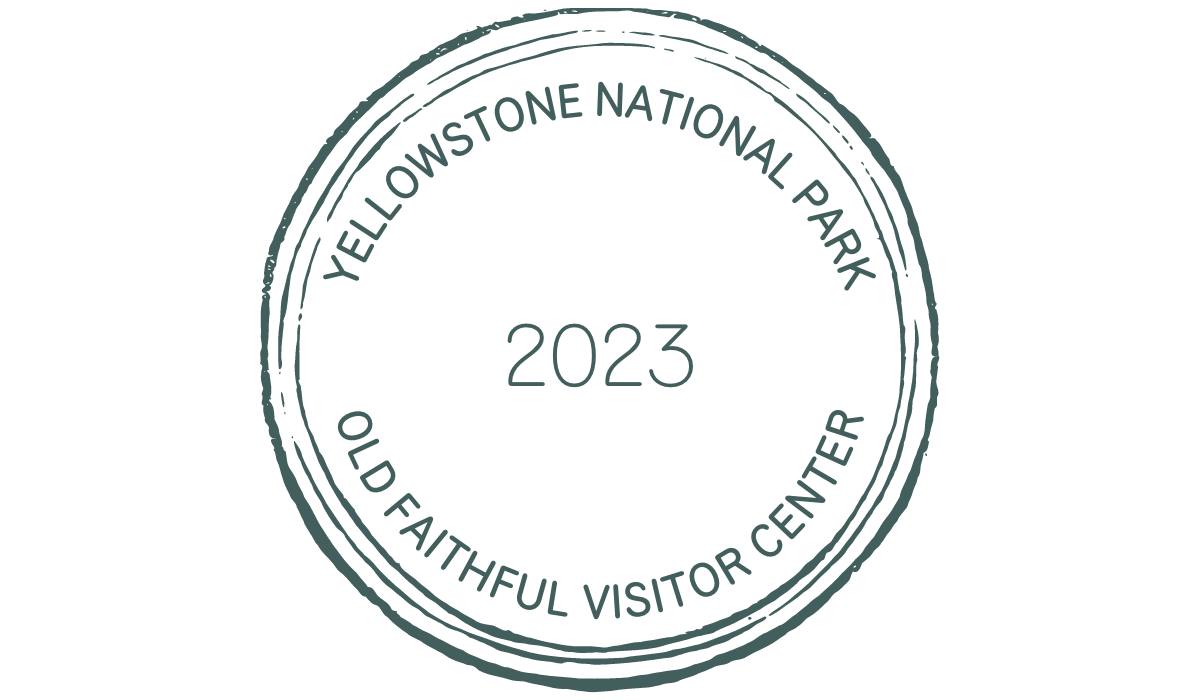
Driving difficulty
Driving through the park can be slow going, especially in congested wildlife areas or popular stops like the Grand Prismatic Spring or Old Faithful. Also, note that it might be challenging to find a space to park an oversized vehicle when the park is crowded.
Technology tool
There is so much to see and do in Yellowstone National Park. If you want help finding something to do, use the Get Your Guide app to book a guided tour of the park, a private fishing trip, a scenic whitewater float, and much more.
Road-trip tip
Yellowstone National Park has five entrances and spans parts of Wyoming, Montana, and Idaho. The north entrance in Gardiner is the only entrance open year-round, so depending on the season, you may only be able to access the park from the north. Download the NPS app before your trip to stay informed of road closures, inclement weather, and other important park information.
Why you'll want to camp in Yellowstone
Camping inside Yellowstone National Park allows you to immerse yourself in the park without commuting between your campsite and the park. Yellowstone has 12 RV campgrounds, several of which are close to popular attractions, which means if you're up early or stay late, you'll have the best chances of spotting wildlife or snagging an oversized parking spot.
RV Campgrounds
Yellowstone National Park has two reservation systems because the campgrounds operated by a third-party vendor have their own reservation system and rules.
Renting an RV? Yellowstone National Park permits rental RVs, but you must drive or tow your rental rig into the park yourself. No RV deliveries are allowed in the park.
Yellowstone National Park Lodges
Bridge Bay Campground
Canyon Campground
Fishing Bridge RV Park
Grant Village
Madison Campground
Recreation.gov
Indian Creek Campground
Lewis Lake Campground
Mammoth Campground
Norris Campground
Pebble Creek Campground
Slough Creek Campground
Tower Fall Campground
RV rentals near Yellowstone National Park
Grand Canyon National Park
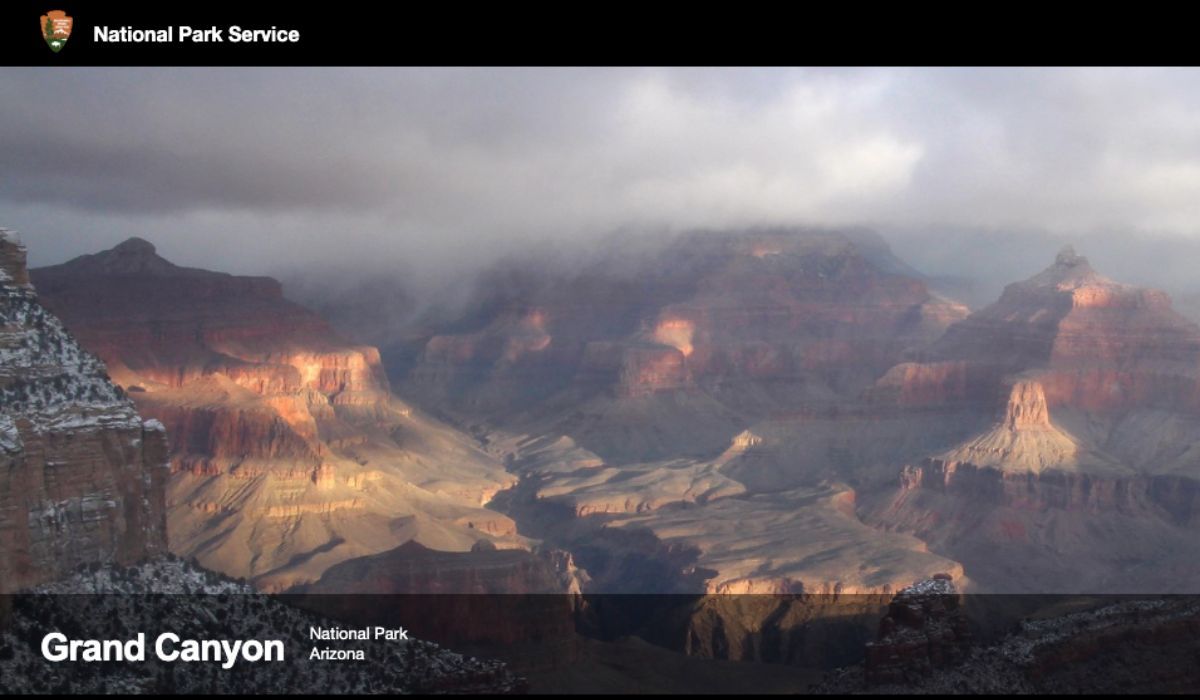
Location
Arizona
Peak season
March through November
Location to big cities
Flagstaff, Arizona: 83 miles
Phoenix, Arizona: 224 miles
Las Vegas, Nevada: 275 miles
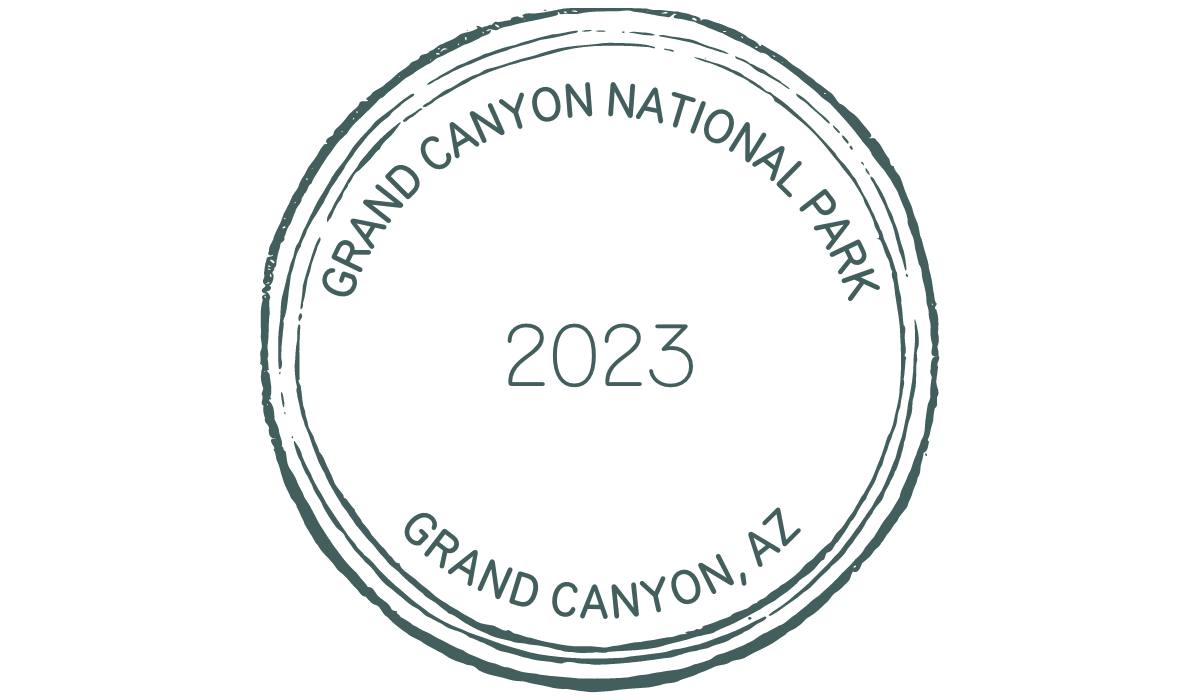
Driving difficulty
Driving an RV on the roads leading to and from the park's public visitation areas won't be difficult. However, if you plan to drive or tow your RV, be aware that recreational vehicles over 22 feet in length may find it challenging to find an RV parking space, especially during peak visitation. Even though the South Rim Village has three RV parking areas, the park urges people driving oversized vehicles to arrive early and use the shuttle service to get around the park.
Technology tool
Download the Grand Canyon West app to research activities like zip lining, rafting, helicopter tours, and more. Grand Canyon West is located on the West Rim of the Grand Canyon on the Hualapai Reservation. This area is known for the Skywalk, the glass bridge that extends 70 feet over the rim of the Grand Canyon.
Road-trip tip
Grand Canyon National Park has two areas, the South Rim and the North Rim. Both entrances in the South Rim are open year-round. The North Rim has one public visitor entrance, and it's only open seasonally.
Even though the average distance across the canyon is 10 miles, the road between the South Rim and North Rim is 212 miles long and can take close to five hours to drive.
Why you should camp at the Grand Canyon
Grand Canyon National Park has four RV campgrounds. You'll have up close and personal views without having to leave your campground and prime access to the park's trails and vistas. RVers who want a rustic camping experience should check out one of the three national park campgrounds in either the North or South Rim. Campers who prefer full hookups and resort-style camping should choose Trailer Village RV Park at the South Rim.
RV Campgrounds
Grand Canyon National Park has two reservation systems because the campground operated by a third-party vendor has its own reservation system and rules.
Recreation.gov
North Rim Campground
Mather Campground-South Rim
Desert View Campground
D&C Parks and Resorts
Trailer Village RV Park - South Rim
RV rentals near Grand Canyon National Park
Rocky Mountain National Park
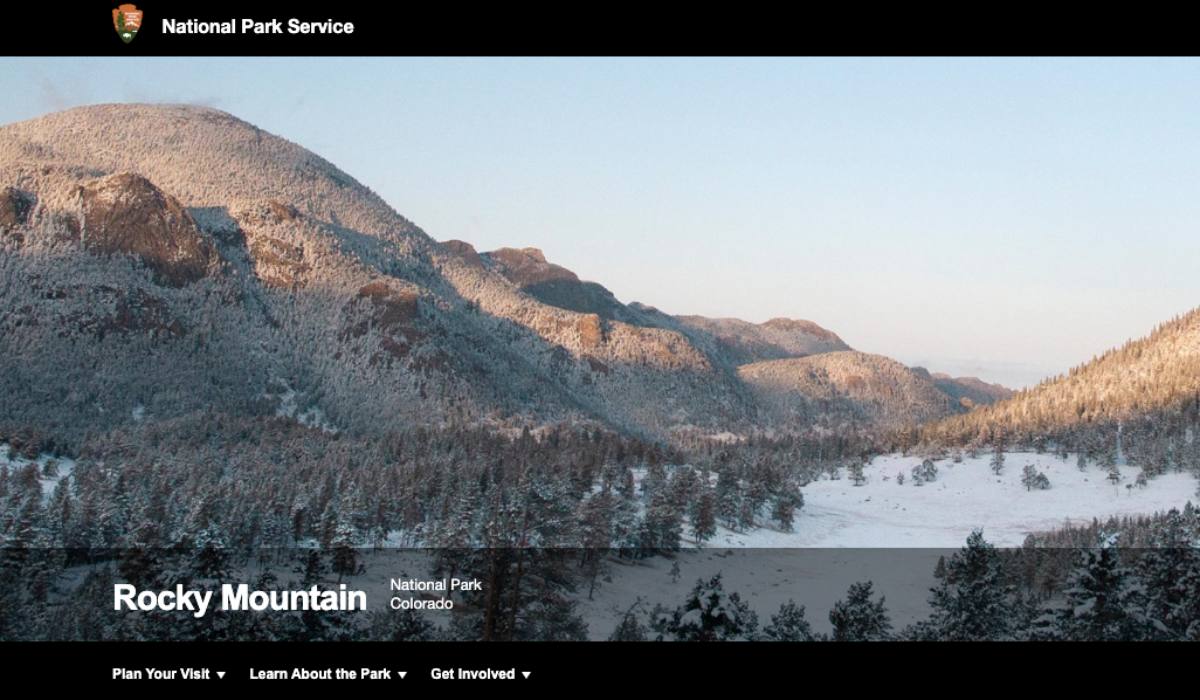
Location
Colorado
Peak season
June through September
Location to big cities
Denver, Colorado: 65 miles
Colorado Springs, Colorado: 134 miles

Driving difficulty
Driving to Rocky Mountain National Park may require you to drive on one or more mountain passes. Some passes have steep grades and switchbacks, but as long as you follow the posted speeds and stay to the right when there's a passing lane, you shouldn't have any trouble driving in and around the park.
Technology tool
Rocky Mountain National Park is one of Colorado's most visited parks. During the summer, the park uses a timed entry program to help moderate traffic and give visitors a more authentic park experience. Visit the park's website for current information on the timed entry permit system.
Road-trip tip
A road trip to Rocky Mountain National Park wouldn't be complete without driving on Trail Ridge Road, the highest continuous paved road in the U.S. Trail Ridge Road crosses the Continental Divide at 12,183 and has spectacular views at the summit. Because of the elevation, the road closes during winter and doesn't open until the roads are safe to navigate, often well into June. If you plan to visit the park from the west entrance near Grand Lake, check to ensure Trail Ridge Road is open. Otherwise, you'll have to drive to the Estes Park side of the park to gain entry.
Why you should camp at Rocky Mountain National Park
Camping in Rocky Mountain National Park will give you an up close and personal park experience, complete with the sound of elk bugling in the distance and the chance to see bears or deer passing through the campground. Reservations are quick and easy using Recreation.gov.
RV Campgrounds
Aspenglen Campground
Moraine Park Campground
Glacier Basin Campground
Timber Creek Campground
RV rentals near Rocky Mountain National Park
Grand Teton National Park
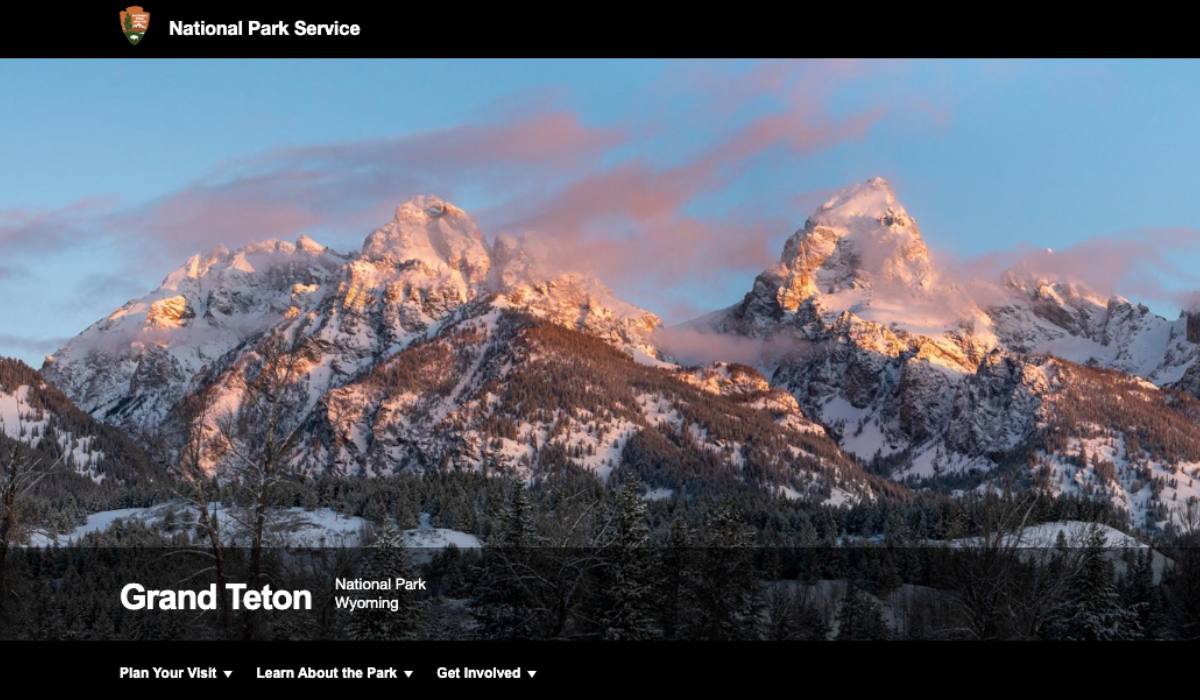
Location
Wyoming
Peak season
May through September
Location to big cities
Jackson, Wyoming: 13 miles
Idaho Falls, Idaho: 102 miles
Salt Lake City, Utah: 300 miles
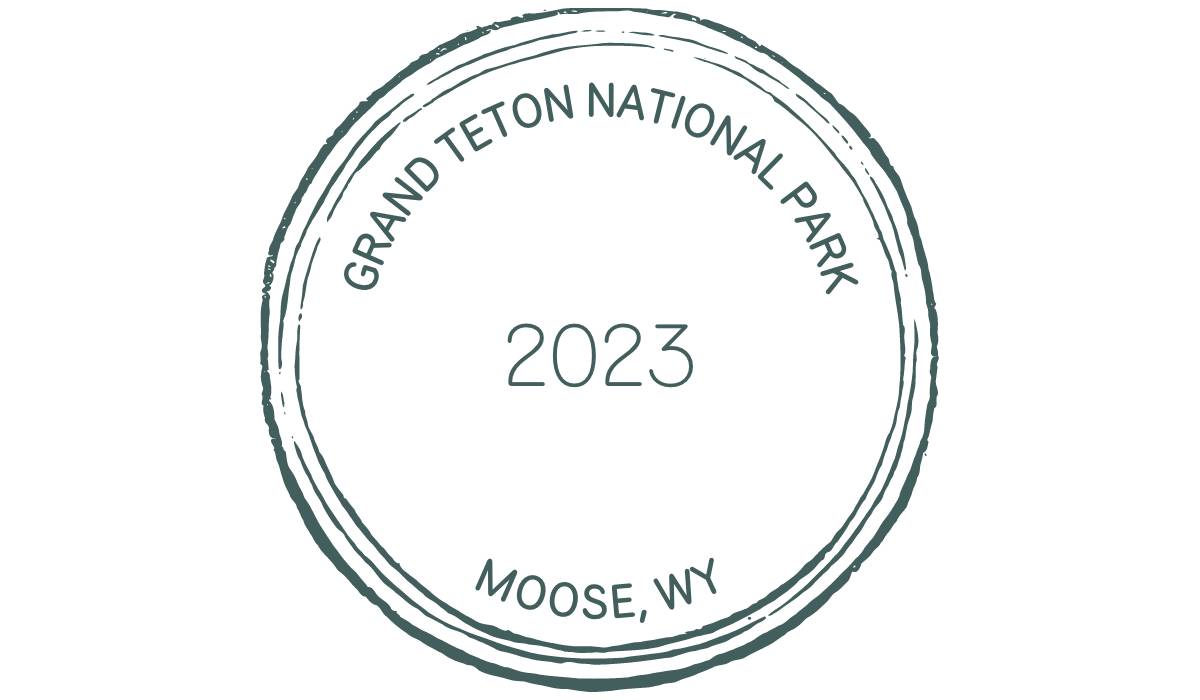
Driving difficulty
Your drive to Grand Teton National Park can be easy or challenging, depending on which direction you're coming from. Approaching the park, expect some steep climbs and descents and curvy roads. However, once you get inside the park, you can expect a mostly flat road with plenty of pull-offs and turn-around points should you get on a road you're uncomfortable driving on.
Technology tool
Use an app like Allstays or Mountain Directory to plan your drive to Grand Teton National Park. These apps can inform you about mountain passes and steep road grades to help you decide what roads to take if you're driving an RV or towing a trailer.
Road-trip tip
If you want to visit Yellowstone National Park during your trip to the Grand Tetons, you can visit two parks for the price of one when you enter Yellowstone from Grand Teton's north entrance, which doesn't have a pay station. This entrance is located just 18 miles north of Colter Bay Village, and it will get you close to some of Yellowstone's most loved points of interest, like Old Faithful.
Why you should camp at Grand Teton National Park
When you camp inside the park, you get to sleep at the foot of one of the most beautiful mountain ranges in the country and have an up close and personal view of the park's wildlife. In addition, since you won't have to enter and exit the park's gates daily, it's easy to get up early and be the first person on the trails. Make your campground reservations on Recreation.gov, and stick to an RV under 45 feet long for the best chance of scoring a spot.
RV Campgrounds
Colter Bay Campground
Colter Bay RV Park
Gros Ventre Campground
Headwaters Campground
RV rentals near Grand Teton National Park
Yosemite National Park

Location
California
Peak season
April through September
Location to big cities
San Francisco, California: 167 miles
San Jose, California: 160 miles
Fresno, California: 62 miles
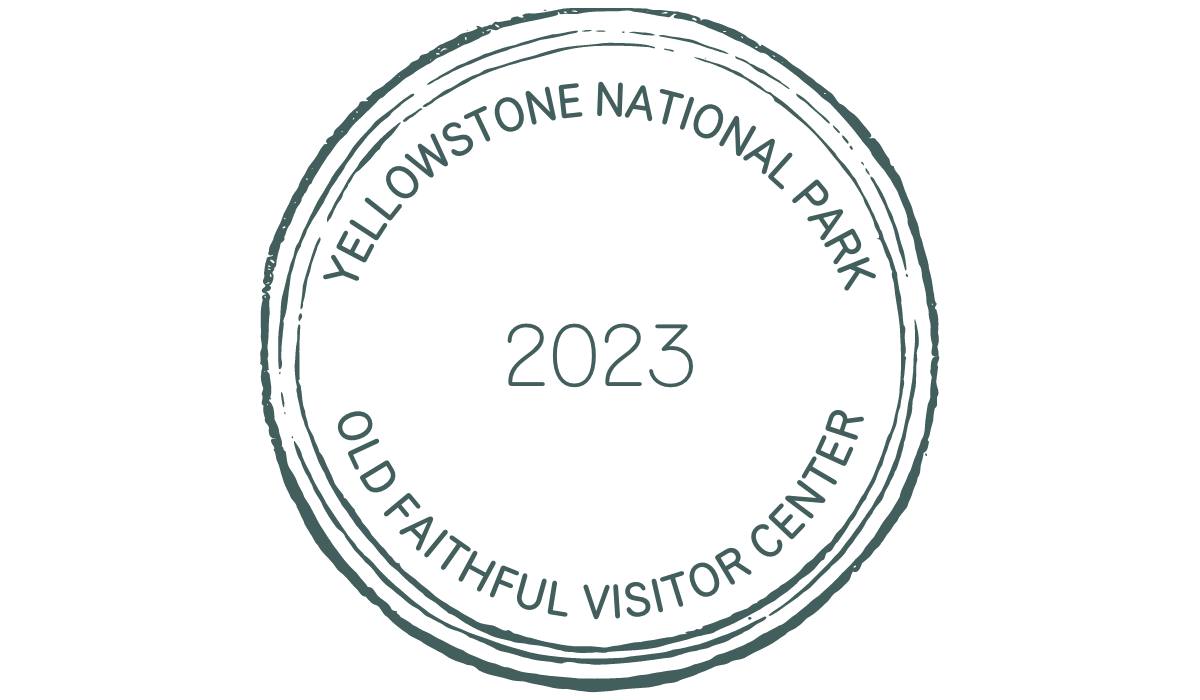
Driving difficulty
Driving an RV through Yosemite is fairly easy if you know which roads you can drive on. Some roads inside the park close seasonally or restrict vehicles over a certain length. For example, although most roads permit RVs up to 45 feet long, a few roads only permit vehicles under 25 feet or restrict trailers. Visit Yosemite's vehicle restrictions page for up-to-date road conditions and driving information.
Technology tool
Yosemite is one of the most visited parks in the U.S., and because of its popularity, the park service regulates the number of people permitted to visit or hike in some areas. Use Recreation.gov to enter visitation lotteries and get hiking permits.
Road-trip tip
If you're visiting Yosemite National Park between November through late May or early June, use one of the park's year-round entrances, as the Tioga Pass entrance closes during the winter months.
Why you should camp at Yosemite National Park
Yosemite is a camper's dream destination. The park's campgrounds are clean, shaded, and serene. When you stay inside the park, you can access highly trafficked areas when fewer people are in the park — places like the Mariposa Grove of Giant Sequoia Trees and the incredible Horsetail Fall firefall at El Capitan. RV camping reservations can all be made on Recreation.gov.
RV campgrounds
Upper Pines Campground
Lower Pines Campground
North Pines Campground
Wawona Campground
Bridalveil Creek Campground
Hogden Meadow Campground
Crane Flat Campground
White Wolf Campground
Tuolumne Meadows Campground
RV rentals near Yosemite National Park
Indiana Dunes National Park
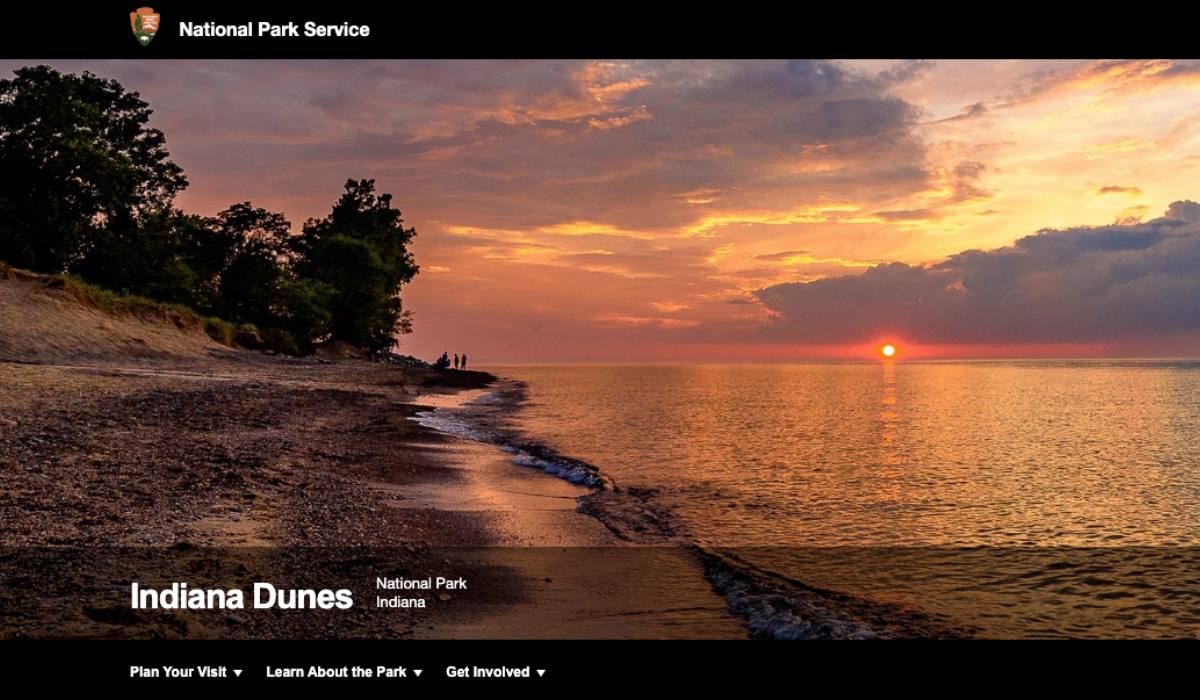
Location
Indiana
Peak season
April through October
Location to big cities
Chicago, Illinois: 39 miles
Fort Wayne, Indiana: 119 miles

Driving difficulty
Getting to Indiana Dunes may become more challenging if you drive from Chicago. During the city's rush hours, the highways and interstates near the city become some of the most congested roads in the country. Drive through Chicago in the middle of the day or on the weekend to avoid the worst traffic.
Technology tool
Download the UniDescripton app, an audio version of the park brochure translated for auditory learners who want to listen to the brochure instead of reading it. The audio-described brochure helps create beautiful imagery as it colorfully tells the story of the dunes and the surrounding area.
Road-trip tip
Depending on the direction you're coming from, you may have to drive on a toll road to access the park. Calculate your tolls, sign up for an EZ Pass, or learn more about the tolls by visiting Indiana Toll Road before you start your drive.
Why you should camp at Indiana Dunes National Park
Indiana Dunes National Park runs 15 miles along the shore of Lake Michigan. There is no better place to walk along the protected shoreline than at the national park. You'll stay in the small and simple Dunewood Campground and get to sleep as close to the water as possible. The park has hiking trails, wetlands, dunes, and wildlife to watch during your camping trip. Make your campground reservations at Recreation.gov.
RV campgrounds
RV rentals near Indiana Dunes National Park
Glacier National Park
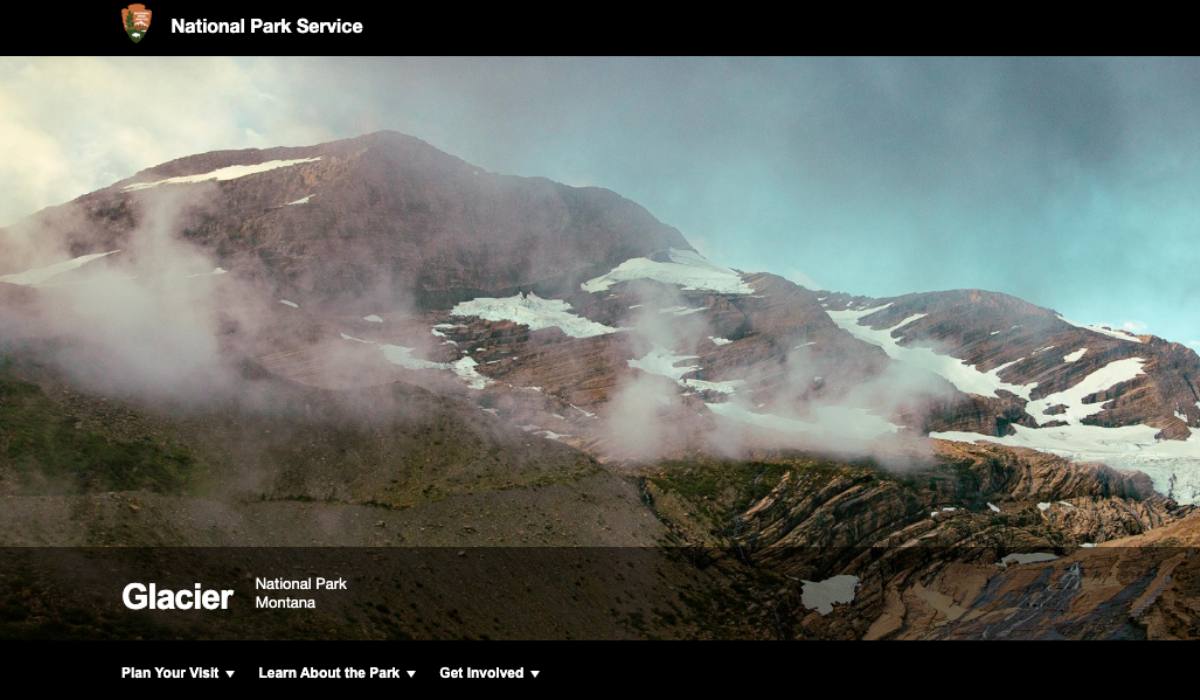
Location
Montana
Peak season
April through September
Location to big cities
Kalispell, Montana: 34 miles
Missoula, Montana: 138 miles.
Spokane, Washington: 273 miles
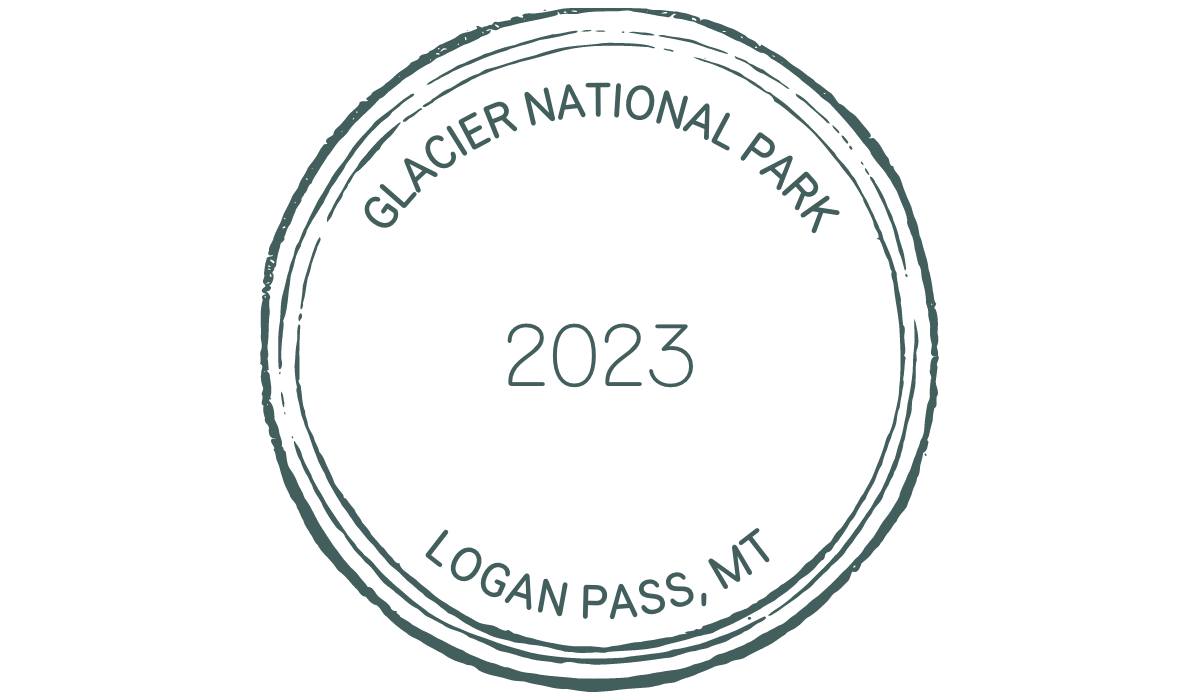
Driving difficulty
Glacier National Park is large and has seven different entrances. Much of the terrain in and around the park is mountainous but not difficult to drive as long as you follow the suggested speeds along curves and descents and understand which park areas have oversized vehicle restrictions. The park becomes crowded most of the summer, and parking might make driving more challenging. You can avoid crowds by arriving early or late, parking and taking a shuttle, or carpooling with friends and family to reduce the number of cars on the road.
Technology tool
The Headwaters Podcast, created by the rangers at Glacier National Park and produced by Glacier National Park Conservancy, is a public-radio-style podcast that educates listeners on park topics such as conservation, popular locations within the park, and much more. We suggest downloading and listening to the podcast before visiting the park to build your background knowledge and learn about the places you hope to see once you're here.
Road-trip tip
If you plan to drive along Going to the Sun Road, a winding and mountainous road that crosses the Continental Divide, you will need to book a vehicle reservation in advance. The park is crowded during the warmer months, and the park's reservation system reduces road congestion and helps visitors have more chances to stop along their drive and experience the park from above. Other scenic drives, such as the North Fork, Two Medicine, and Many Glacier roads, also require a vehicle registration to drive.
Avoid the crowds and keep your RV at the campground during your trip to Glacier National Park by booking a guided tour or shuttle bus to see some of the park's most popular attractions.
Why you should camp at Glacier National Park
Staying at a campground inside the park lets you sleep close to Glacier National Park's wildlife, scenic drives, and hikes. In addition, since the park is large, you can access more in less time since you won't have to spend time driving in and out of the gates and fighting the crowds. The campgrounds here are basic but beautiful, but you'll feel more like a part of the ecosystem staying inside Glacier than camping somewhere outside of the park's boundaries. Learn more about your camping options and make campground reservations at Recreation.gov.
RV campgrounds
Apgar Campground
Fish Creek Campground
Many Glacier Campground
St. Mary Campground
Sprague Creek Campground
RV rentals near Glacier National Park
Joshua Tree National Park
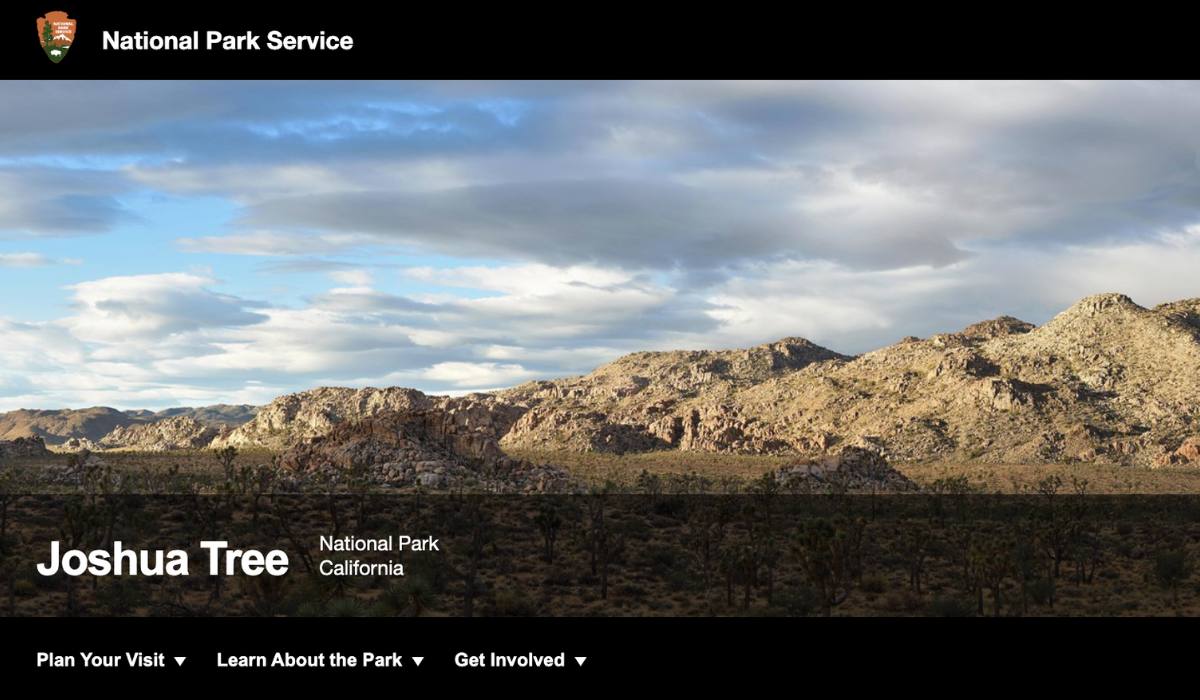
Location
California
Peak season
November through May
Location to big cities
Los Angeles, California: 131 miles
San Diego, California: 164 miles
Phoenix, Arizona: 222 miles
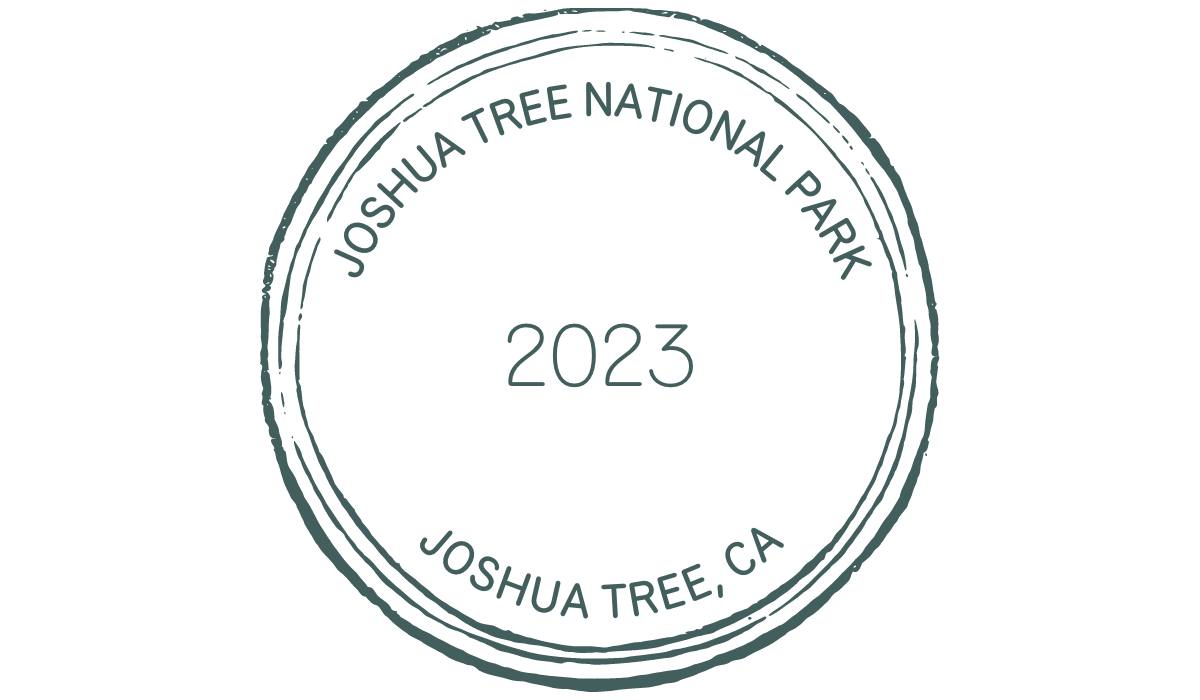
Driving difficulty
Easy. The highways closest to Joshua Tree National Park are fairly flat with minimal curves. Once you enter the park, you'll drive on paved roads with soft, sandy shoulders. Some of the roads in Joshua Tree are windy, so RVers should stay at or below the posted speed limit and keep off the shoulders or unpaved roads.
Technology tool
Download the Parkwolf app for offline park maps, real-time wildlife sightings, and park alerts before you get to the park. It's the perfect companion to the NPS app!
Road-trip tip
The park has three entrances. Approach the park from Interstate 10 or California Highway 62, and do not rely on GPS, as the directions could lead you to soft, sandy, backcountry roads, which are unsuitable for almost all vehicles, especially RVs. If you decide to visit the park during the hotter months of the year, ensure you have plenty of drinking water onboard before heading inside or outside the park.
Why you should camp at Joshua Tree National Park
Joshua Tree National Park is a desert park with an otherworldly landscape home to a variety of reptiles, mammals, and birds, some of which are on the threatened, protected, or endangered species list. Joshua Tree is also a designated International Dark Sky Park, meaning when you camp here, you will have epic night sky views, perfect for stargazing or astrophotography.
While there are RV camping options outside the park, the campgrounds inside the park allow you to see silhouetted Joshua trees at sunrise and sunset, which is an experience in itself! Learn more about first-come, first-served campgrounds, or make your reservations at Recreation.gov.
Check out our article on things to do near Joshua Tree National Park to learn more about staying in or near the park.
RV campgrounds
Black Rock Campground
Cottonwood Campground
Indian Cove Campground
Jumbo Rocks Campground
Ryan Campground
Belle Campground
Hidden Valley Campground
White Tank Campground
RV rentals near Joshua Tree National Park
Olympic National Park
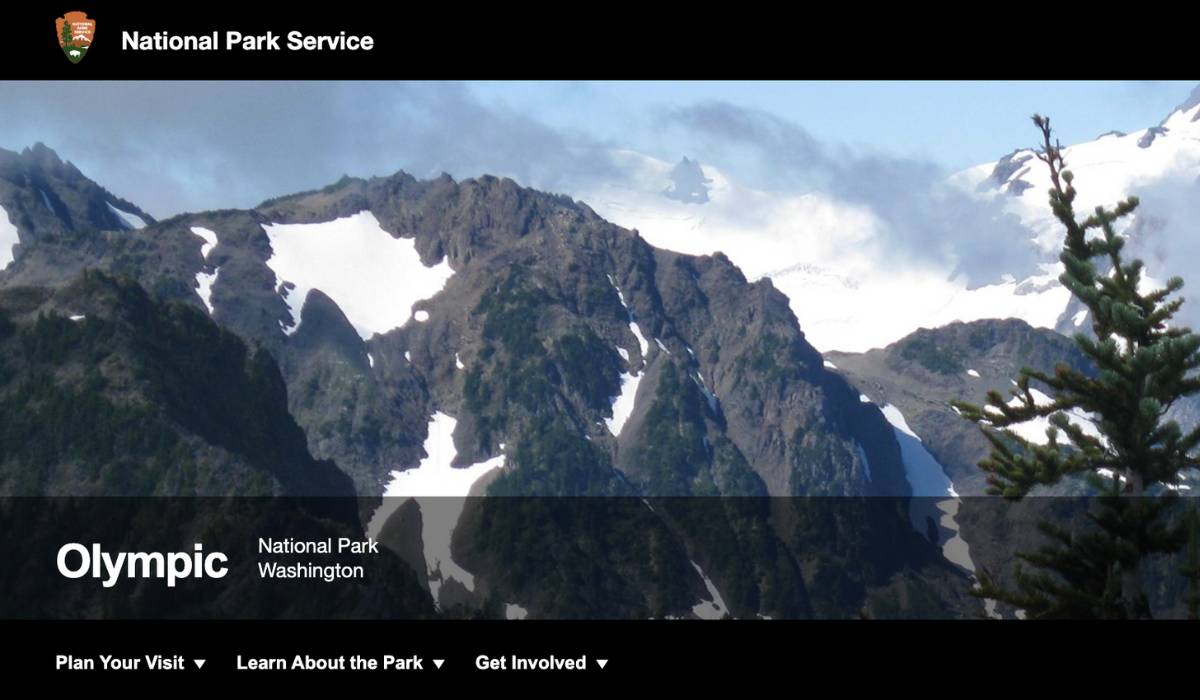
Location
Washington
Peak season
June through September
Location to big cities
Seattle, Washington: 111 miles
Portland, Oregon: 162 miles
Vancouver, British Columbia, Canada: 253 miles
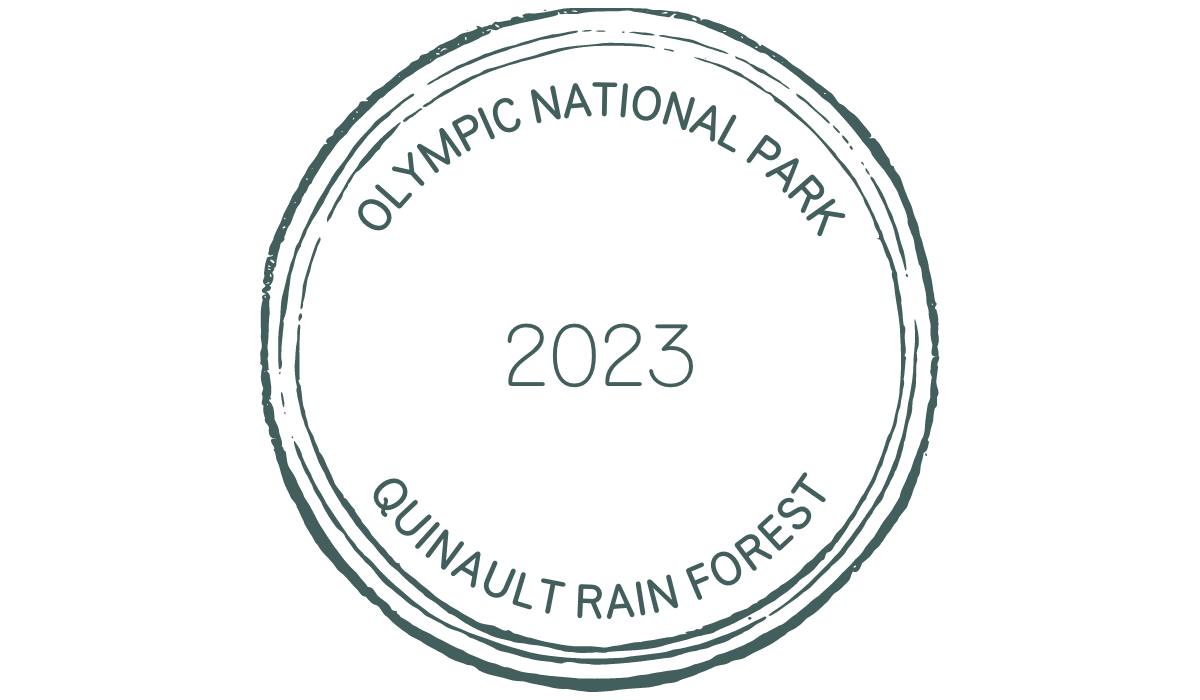
Driving difficulty
Although some campgrounds in Olympic National Park can accommodate RVs up to 35 feet in length, many campgrounds are better suited for smaller RVs because of the narrow roads leading in and out of each campsite. Before booking your site, choose a campground that will comfortably accommodate your rig.
Technology tool
Olympic National Park's trip ideas website has sample trip itineraries to help you determine how much you can see during your stay. Also, check out the Roadtrippers Guide to Olympic National Park if you want a more detailed or varied RV travel guide for your upcoming visit.
Road-trip tip
Olympic National Park is large, and getting from one region to another can take a few hours, even in the best conditions. Choose the campground closest to the places you hope to visit to avoid long hours in the car or book a stay in more than one campground to camp near the places you want to visit the most.
Why you should camp at Olympic National Park
Camping inside Olympic National Park will help shorten your time in the car and eliminate the need to enter and exit the park more than once. Depending on which part of the park you camp in, you'll be surrounded by dense trees, rainforests, or a beach. Since there is so much to see and do in Olympic National Park, you'll get to see more in less time if you stay in a national park campground.
RV campgrounds
Olympic National Park has two reservation systems because the campground operated by a third-party vendor has its own reservation system and rules. Many of the campgrounds in Olympic National Park require campers to make reservations, which you can do on Recreation.gov as early as six months in advance.
Recreation.gov
Fairholme Campground
Heart O' the Hills Campground
Hoh Rainforest Campground
Kalaloch Campground
Mora Campground
Ozette Campground
Sol Duc Hot Springs RV Park & Campground
South Beach Campground
Staircase Campground
Aramark campground
Log Cabin Resort RV and CampgroundRV rentals near Olympic National Park
RV rentals near Olympic National Park
Related reads
The Beginner's Guide for Reserving the Right Campsite
RV Camping in National Parks
How to Use the RV Hookups in a Campground
The Top 3 RV Trip Planners for Road Trips
